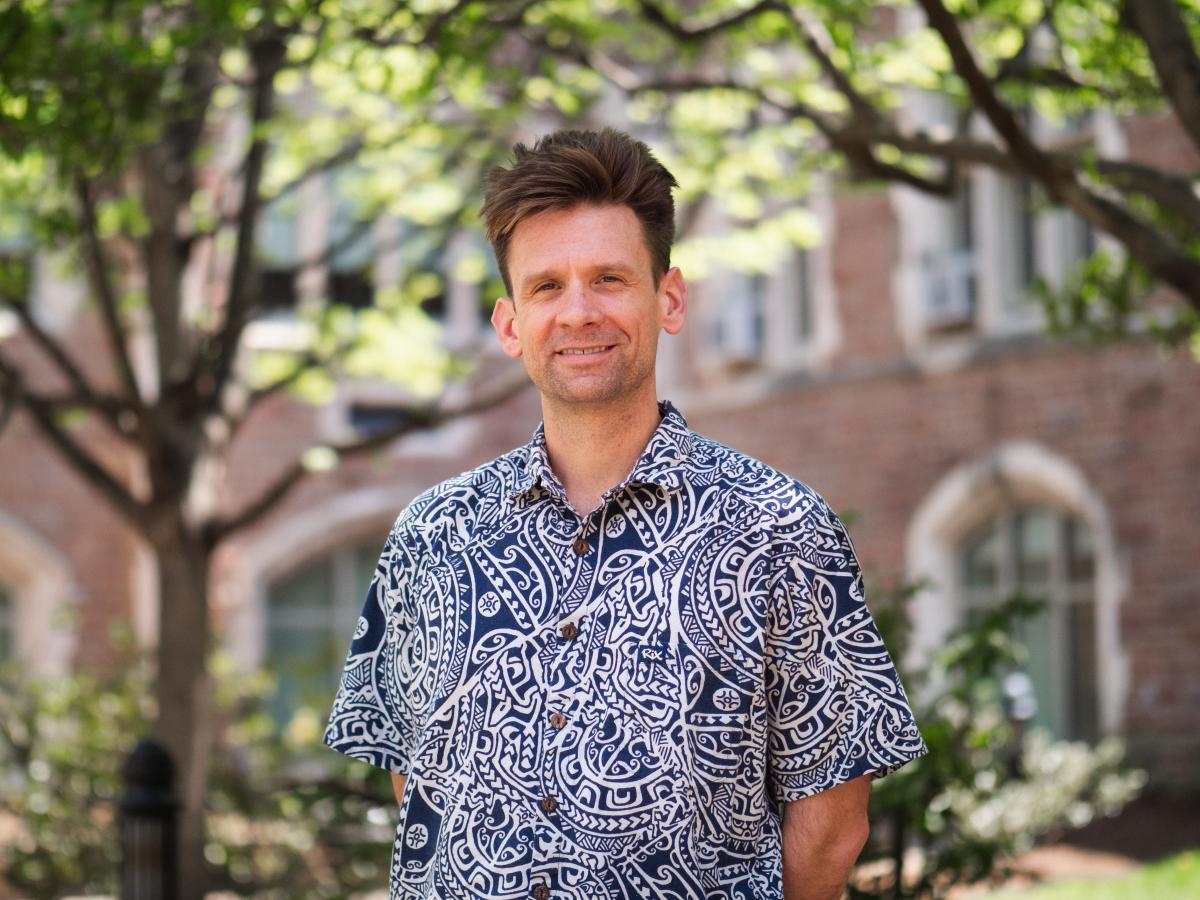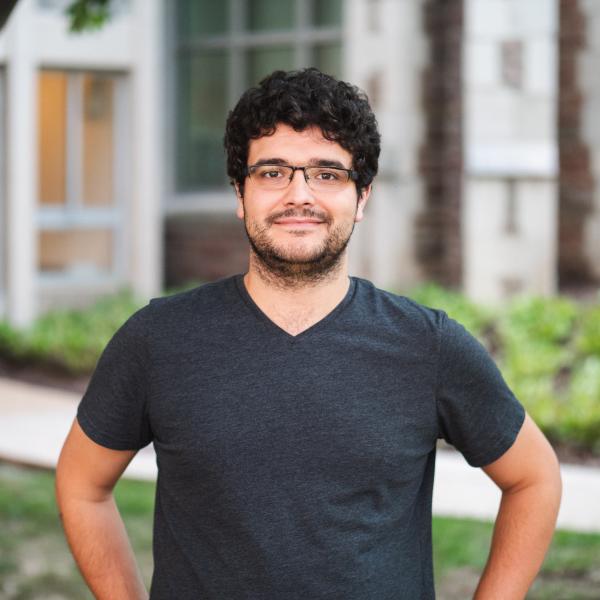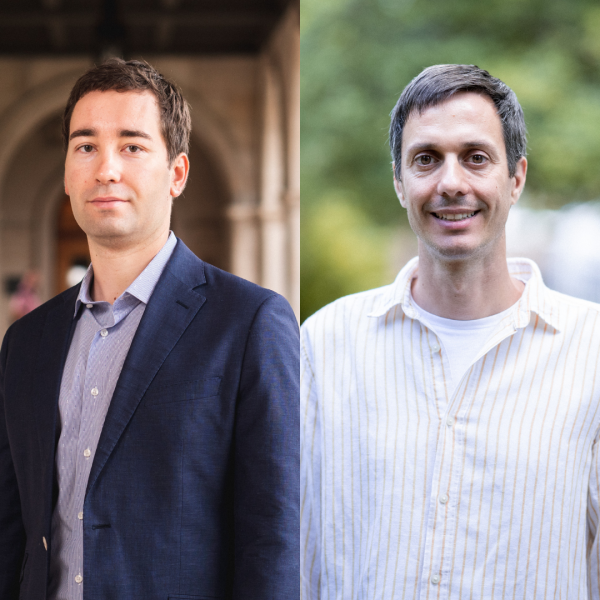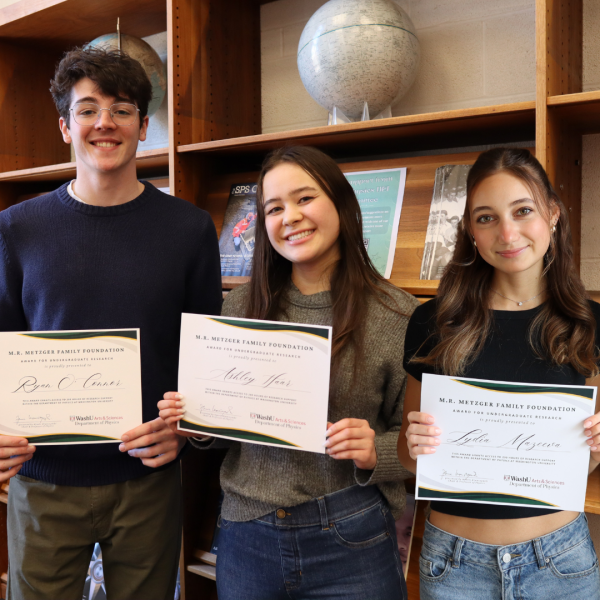Nobel laureate Kip Thorne will visit WashU to deliver a public talk on Thursday, Nov. 7. Thorne's work in theoretical physics examines gravitational waves, the Big Bang, and what these phenomena can tell us about the dynamics of the universe.
Thorne’s talk, the 2019 Robert M. Walker Distinguished Lecture and an Assembly Series event, will take place at 5:30 p.m. in Whitaker Hall, Room 100, on Thursday, Nov. 7. Doors will open at 4:30 p.m. Overflow seating will be available in the atrium of Whitaker Hall. Note that free parking is available after 5:00 p.m. in the East End parking garage.
Hosted by the McDonnell Center for the Space Sciences (MCSS), Thorne’s lecture, "Exploring the warped side of the universe with gravitational waves: From the Big Bang to black holes," will describe the half-century quest to create gravitational-wave astronomy and what it has taught us so far about the "warped side" of the universe. Thorne will also describe his vision for the future of gravitational-wave astronomy.
In 2017, Thorne received the Nobel Prize in physics for his contributions to the detection of gravitational waves and the establishment of gravitational-wave astronomy. Leading up to the event, we asked four Arts & Sciences faculty members to describe the impact of Thorne’s work on science and the public imagination.

"Professor Thorne is an excellent expositor of science and has a reputation for presenting his ideas in a way that is accessible to one and all. His contributions to the detection of gravitational waves emitted when two large black holes coalesced in a distant galaxy helped validate Einstein’s century-old prediction that such events will generate ripples in space-time that propagate with the speed of light. This discovery resulted from a concerted effort lasting over five decades by a large number of scientists and engineers. Since the initial detection, some ten such events have been recorded, marking the birth of the new field of gravitational-wave astronomy. This is the first time in the history of mankind that any distant object outside the solar system has been observed by any means besides electromagnetic waves, such as light, x-rays, or radio waves."
— Ramanath Cowsik, James S. McDonnell Professor of Space Sciences and director of MCSS

"Thorne's work on the physics of gravity has helped create a new vision of the universe through the observation of gravitational waves. This was a *revolutionary* advance in the way humans can witness some of the most energetic, distant, violent, and exotic events in the universe, such as colliding black holes. Gravitational wave observation is a remarkable achievement that spans many branches of theoretical and experimental physics and engineering. Thorne has made public 'bets' with other theoretical physicists, including Stephen Hawking, which helped popularize black-hole physics. He's an enthusiastic and engaging communicator of science and his expertise aligns well with popular sci-fi movies and books, most notably the movie Interstellar."
— Ryan Ogliore, assistant professor of physics

"One hundred years after Einstein's discovery of general relativity, one of the key predictions that distinguish it from Newton's gravitational theory was finally experimentally measured at LIGO. In 2015, the signal from the merger of two black holes, each about 30 times more massive than the Sun, caused the distance between the LIGO mirrors, which are over two miles apart, to shift by a fraction of the width of a proton. Besides confirming Einstein's prediction, the detection of this merger (which occurred about 1.5 billion years ago, when the first forms of early life were forming on Earth) opened a new era in our understanding of the universe. Using gravitational waves, we can see further back in the history of the universe than with light or even neutrinos. People had been trying to detect gravitational waves for decades, and some thought it might never happen, a bit like nuclear fusion. Kip has been one of the main driving forces since the early times, as well as a great theorist.
In addition to his pioneering theoretical work, Kip Thorne is an excellent advocate for public science. Kip was behind the movie Interstellar. Actually, Michael Caine's character is based on Kip Thorne! Kip wrote a popular book, The Physics of Interstellar, where he explains how he made sure that the content of the movie was physically plausible. I recommend this book to the students in my class 'From Black Holes to the Big Bang.'"
— Francesc Ferrer, associate professor of physics

"Thorne is a co-founder of LIGO (Laser Interferometer Gravitational Wave Observatory), the multi-institution gravitational wave experiment that in 2015 achieved the first-ever detection of gravitational waves, and is still the only experiment that can detect these waves. Gravitational waves are a new window on the universe: They allow us to detect dramatic cosmic events, such as collisions between neutron stars, which are thought to be where many of the heavier elements we find on earth (e.g. silver, gold, iodine) are originally synthesized."
— Mark G. Alford, chair and professor of physics
Though no reception will follow this talk, anyone who wishes to do so can leave books to be signed by Thorne. Signed materials can be collected from Jan Foster the week of November 11.





